Why Shutter Speed Matters for Best ANPR
The shutter speed of an ANPR camera plays an important role in capturing clear images by controlling the duration for which the camera's shutter remains open to expose the camera sensor to light.
A faster shutter speed helps freeze motion and reduces motion blur, resulting in sharper and more detailed images, especially when capturing fast-moving vehicles or objects. This is particularly relevant in environments like highways or busy roads where vehicles are often traveling at high speeds.
By using an appropriate shutter speed, ANPR systems can capture clear and precise images of license plates thereby improving the accuracy of license plate recognition. For stationary environments like parking lots, a setting of 1/250 is appropriate to capture clear and precise images. If a vehicle is moving faster than typical parking lot speeds (usually above 30mph) or if the area is particularly darker, then you can increase the shutter speed to 1/500. Meanwhile, on high-speed environments like highways, a shutter speed of 1/1000 is applicable. If vehicles are zooming by at over 70 mph and the camera has a very limited view of the vehicle, then consider increasing the shutter speed to 1/2500 or even 1/1500.
Another vital tweak involves turning off the Advanced Automatic Gain Control (ACG) camera setting. Doing this minimizes digital noise and improves image recognition.
ANPR Camera Lighting for Private Properties
For ANPR setups for private properties, the following tips aim to optimize the lighting setup for private properties, addressing the specific layout and operational requirements to maximize the effectiveness of ANPR systems while minimizing energy usage and costs.
ANPR Camera Setup to Address Sunglare
Sunglare can pose a significant challenge to ANPR systems, impacting image clarity and accuracy. An effective solution to this is strategic camera positioning. By angling the camera downward instead of upward, regardless of the time of day, direct sunlight can be avoided. This simple adjustment ensures that the sun's glare doesn't interfere with the camera's view.
Detection Zone To Improve ANPR
The trickiest part of LPR camera setup is making sure nothing is in the way of getting that image. Cameras are smart, but they need assistance to make sure they're capturing the right thing. This is where ANPR Detection Zones can help with your camera setup.
For example, if your LPR camera is set up on a two-way street, you can use our Detection Zone feature to mask or block off the south-bound traffic because you only care about the north-bound traffic. You can also use the Detection Zone feature to instruct the ALPR engine to ignore the street sign, the Drive Thru sign, etc.
Shouldn't Plate Recognizer be smart enough to ignore these street signs? Yes! We have actually spent a tremendous amount of time and effort fine-tuning our neural networks to ignore false positives (e.g. street signs, bumper stickers, signs on cars). So using the Detection Zone feature can help give you an added assurance that the accuracy of the plate reads are maximized.
Detection Zone can be accessed directly through the Plate Recognizer Software.You can use Detection Zone on Snapshot Cloud, Snapshot SDK and Stream. All you'll need to do is simply upload the image from your LPR camera and enter the correct Camera ID. Once you've uploaded the image, you can click add zone. Then you'll be able to use the masking markers to create a template for your zone.
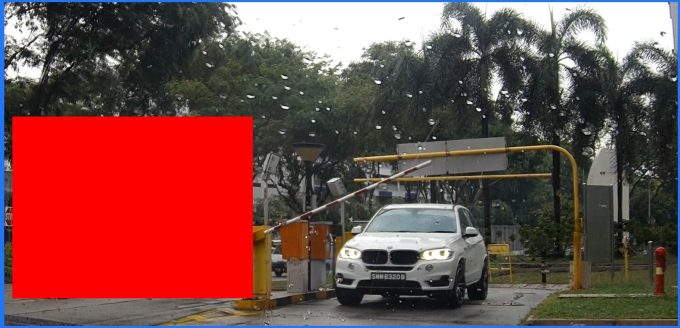
Set Region To Improve ANPR
Another important thing to consider when setting up your LPR camera is the country or state you're in. Depending on where you live, a zero might look like letter O, or the other way around. Making sure your LPR camera is set to the appropriate state will greatly reduce the risk of error.
Also, consider that vehicles from other states and even countries could end up being captured on your LPR camera. In this situation, just add multiple regions (country or state) and prioritize the list based on which region you expect the most amount of vehicles to be from.
If you're setting up ANPR in Germany, you can use our special German and Austria engine to recognize umlauts and spaces. Or, for ANPR in Thailand, use our special Thailand engine.
Otherwise, you can use our single engine, which covers 90+ countries around the globe. For added pleasure, feel free to read about our ALPR for USA, Brazil, and India!

Engine Improvements Keep ANPR Up To Date
One of the saddest notes in this space is that companies rarely update their ALPR engine. Some do updates once or twice a year, or maybe not at all. This means that the ALPR technology can become outdated quickly, resulting in inaccurate readings, etc.
Here at Plate Recognizer, we deliver a new version of our ALPR engine every 3-6 weeks. ALPR updates include new features, fine-tunings in the engine, new plate formats, stronger make-model analysis, and more!
Use Color To Improve ANPR
To color or not to color? This is an easy one. Just like how the eye can decipher an image more clearly with color, the LPR camera should set with color, not monochrome.
Also, our Vehicle Make Model Color engine works much better with a color image or camera feed. Why? Because the engine can more easily identify the vehicle logo, calculate the width of the headlights relative to the width of the car, etc.

Camera Frames May Impact ANPR
The camera frame (and thus your ANPR camera setup) is largely based on the vehicle's speed. If you're looking to capture license plates that are still versus license plates that are moving (also called “free flow”) then the specifications for altering your camera will be different.
You will need to calculate the net difference in speed. If your camera is in a fixed position, then the net speed is the speed of the vehicle. If the camera is maintained in your vehicle (e.g. police car), and then you're driving in the same direction as the target vehicle, then the net speed is the difference between your speed and the target vehicle's speed. Keeping this in mind prevents you from having any unusable images because you didn't take the time to equip your camera with the proper camera speed.
When setting up an ALPR camera in areas where vehicles are moving really fast, you'll want to use Stream instead of Snapshot. When the Batmobile is blasting by, one Snapshot will most likely be blurry. Stream utilizes several different algorithms to identify fast-moving vehicles and find the optimal capture time to get license plate information.
With Stream, you have the ability to customize the speed at which the software is working to better capture moving vehicles. Here are our minimum effective FPS recommendations for ALPR when using Stream:
Basically, the faster the vehicle is traveling, the more frames you'd need Stream to process. This way, our ANPR engine has more opportunities to evaluate and decode the license plate as the vehicle passes a certain point. Now, there's no harm in over-processing more frames–especially if you have a sizable machine to run Stream. But if you under-process the frames, then you may end up missing some vehicle plates.
Stream's Health Score should be 75% or higher to ensure good reads.

Additional Tips To Improve Your ANPR Camera Setup
While there's plenty that you should do, there's also plenty that you should not do. Let's face it. Cameras come with a lot of settings, and it's easy to switch on a bunch of settings that you either don't know what they are or don't need and forget that you've activated. Here are some to keep in mind:
Automatic gain control (AGC), digital noise reduction (DNR), autofocus, and backlight compensation (BLC) are all features you want to keep disabled while enabling ANPR camera setup. Once again, this is because it will give you the best chance of grabbing that license plate number from a moving vehicle using ANPR.
AGC creates issues because the gain itself prompts digital noise and lower recognition in the image. It's often much simpler just to leave the feature off. DNR is best left alone because it is performed by removing pixels based on comparing two frames. Although this might seem harmless, it's often not because it can easily remove pixels that could be helpful to you in the future.
Next, you can pass on autofocus because adjusting the sharpness often reduces the recognition quality in the image itself. Finally, the BLC can cause issues with the image because it often occurs when a light source enters a frame. When the pixels do not have enough time to properly adjust, the camera will not be able to capture a good image.
And, while this may seem obvious, we see that the best ANPR contains images that are in landscape rather than in portrait view. This makes intuitive sense since the license plate itself is often oriented in landscape rather than portrait mode. And, just like watching TV, we (and thus our ANPR engine) are used to seeing the world in a landscape format.
Think About the End In Mind For Best ANPR
When considering a LPR camera set up, think about what you plan to do with the results. That will give you a better understanding of how to set up your system. There's a lot you can do with Plate Recognizer and ParkPow (sister company), such as:
For more on this topic, read our 5 Tips Before a License Plate Reader Camera.
Conclusion: ANPR Camera Setup for 99% Accuracy
Following the best practices discussed in this article can be the difference between an ANPR accuracy of 75 percent and 98 percent. In many cases, it's just as much about knowing what to do as it is knowing what not to do so that you can get the best ALPR results to meet your business and personal goals.



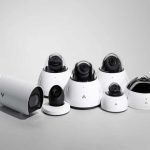
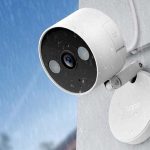
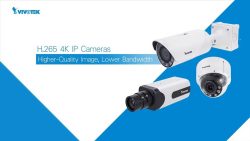
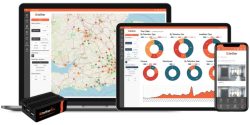
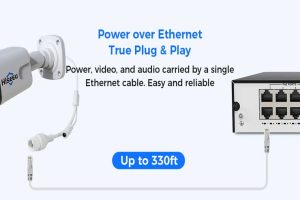
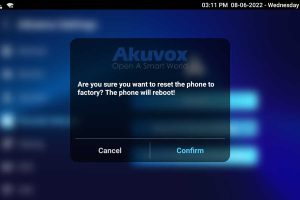
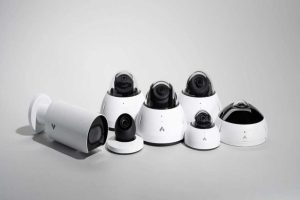
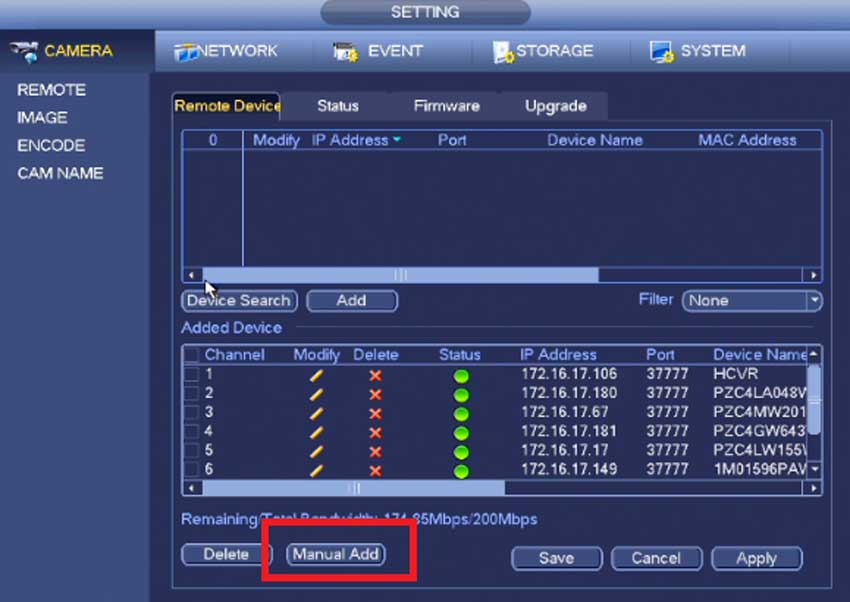

Add Comment